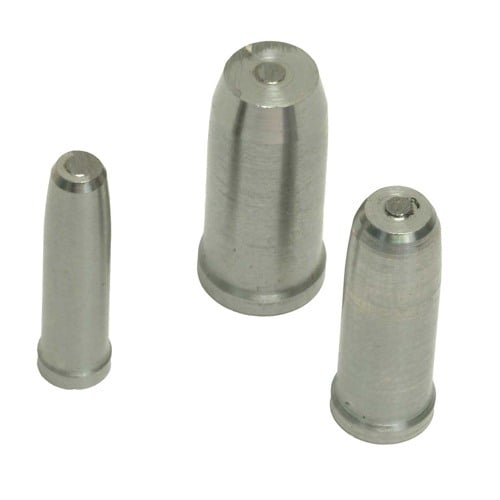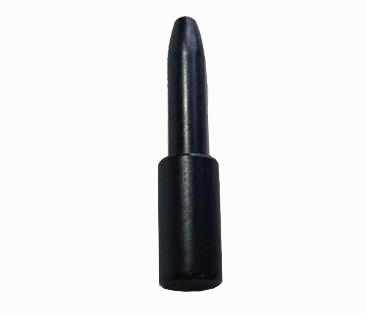Hello,
I wanted to try my first attempt at “bumping the shoulder” back ~0.002” when resizing fired brass rather than using the standard die instructions to size for the minimum chamber spec.
This would typically result in a longer case bottom-shoulder dimension than factory ammo by not pushing the shoulder back quite as far.
Those of you that have done this, how do you handle trimming cases? If I were to trim to the case trim length on the print, I would have a shorter neck since the shoulder is out farther. Are you guys keeping your brass just under max length and calling that good?
I wanted to try my first attempt at “bumping the shoulder” back ~0.002” when resizing fired brass rather than using the standard die instructions to size for the minimum chamber spec.
This would typically result in a longer case bottom-shoulder dimension than factory ammo by not pushing the shoulder back quite as far.
Those of you that have done this, how do you handle trimming cases? If I were to trim to the case trim length on the print, I would have a shorter neck since the shoulder is out farther. Are you guys keeping your brass just under max length and calling that good?



